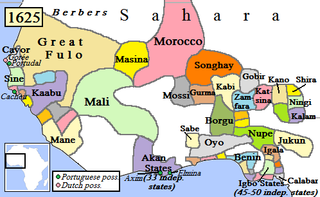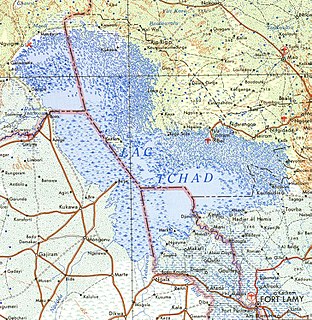
The Government Gazette of the Protectorate of Southern Nigeria was the government gazette for the Protectorate of Southern Nigeria. It was published at Old Calabar between 1900 and 1906. [1]

A government gazette is a periodical publication that has been authorised to publish public or legal notices. It is usually established by statute or official action and publication of notices within it, whether by the government or a private party, is usually considered sufficient to comply with legal requirements for public notice.
Contents
Southern Nigeria was a British protectorate in the coastal areas of modern-day Nigeria, formed in 1900 from union of the Niger Coast Protectorate with territories chartered by the Royal Niger Company below Lokoja on the Niger River.

The Niger Coast Protectorate was a British protectorate in the Oil Rivers area of present-day Nigeria, originally established as the Oil Rivers Protectorate in 1884 and confirmed at the Berlin Conference the following year. It was renamed on 12 May 1893, and merged with the chartered territories of the Royal Niger Company on 1 January 1900 to form the Southern Nigeria Protectorate.

The Royal Niger Company was a mercantile company chartered by the British government in the nineteenth century. It was formed in 1879 as the United African Company and renamed to National African Company in 1881 and to Royal Niger Company in 1886. In 1929 the company became part of the United Africa Company, which came under the control of Unilever in the 1930s and continued to exist as a subsidiary of Unilever until 1987, when it was absorbed into the parent company.

Lokoja is a city in Nigeria. It lies at the confluence of the Niger and Benue rivers and is the capital of Kogi State. While the Oworo, Bassa Nge, Igala and Ebira are indigenous to the area, other ethnic groups of Nigeria, including the Igbo, Bini/Edo, Tiv, and Nupe, have recently established themselves.
It was continued by the Southern Nigeria Government Gazette when Southern Nigeria became the Colony and Protectorate of Southern Nigeria in 1906.

The Southern Nigeria Government Gazette was the government gazette for the Colony and Protectorate of Southern Nigeria. It was published at Lagos between 1907 and 1913.










